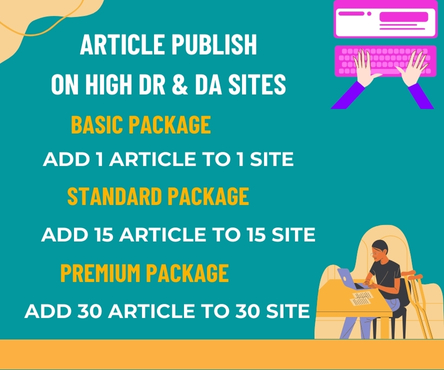In the realm of organ transplantation, innovation is key to saving countless lives. One groundbreaking development that’s changing the game is the multi-organ transplant platform. This cutting-edge technology is revolutionizing the way organs are transplanted, making the process more efficient, effective, and accessible to those in need.
What is a Multi-Organ Transplant Platform?
A multi-organ transplant platform is a sophisticated system that enables the simultaneous transplantation of multiple organs from a single donor. This platform integrates advanced technologies, such as artificial intelligence, robotics, and biomedical engineering, to facilitate the procurement, preservation, and transplantation of organs. By streamlining the transplant process, these platforms reduce the risk of organ failure, improve patient outcomes, and increase the chances of successful transplantation.
Benefits of Multi-Organ Transplant Platforms
The benefits of multi-organ transplant platforms are multifaceted:
- Increased Organ Utilization: By enabling the transplantation of multiple organs from a single donor, these platforms maximize organ utilization, reducing the shortage of available organs and waiting times for patients.
- Improved Patient Outcomes: Multi-organ transplant platforms minimize the risk of organ failure and reduce the complexity of the transplant procedure, leading to better patient outcomes and increased survival rates.
- Enhanced Efficiency: These platforms streamline the transplant process, reducing the time and resources required for organ procurement, preservation, and transplantation.
- Increased Accessibility: By optimizing organ allocation and reducing wait times, multi-organ transplant platforms make organ transplantation more accessible to patients in need.
How Multi-Organ Transplant Platforms Work
The process begins with advanced donor screening and matching, using AI-powered algorithms to identify compatible donors and recipients. Once a match is found, the platform coordinates the procurement and preservation of organs, using state-of-the-art technology to maintain organ viability.
During the transplant procedure, the platform’s robotic and biomedical engineering components facilitate the simultaneous transplantation of multiple organs, minimizing surgical complications and reducing recovery time. Post-transplant, the platform monitors patient outcomes, providing valuable insights for future improvements.
The Future of Organ Transplantation
Multi-organ transplant platforms represent a significant leap forward in organ transplantation. As these platforms continue to evolve, we can expect:
- Increased Adoption: More transplant centers will adopt multi-organ transplant platforms, expanding access to this life-saving technology.
- Advancements in Technology: Continued innovation will improve platform efficiency, effectiveness, and accessibility.
- Expanded Organ Donation: Multi-organ transplant platforms will encourage more individuals to become organ donors, helping to address the global organ shortage.
In conclusion, multi-organ transplant platforms are revolutionizing the field of organ transplantation. By increasing organ utilization, improving patient outcomes, and enhancing efficiency, these platforms are saving lives and transforming the transplant landscape. As this technology continues to evolve, we can expect a brighter future for organ transplantation and the countless individuals awaiting life-saving transplants.

